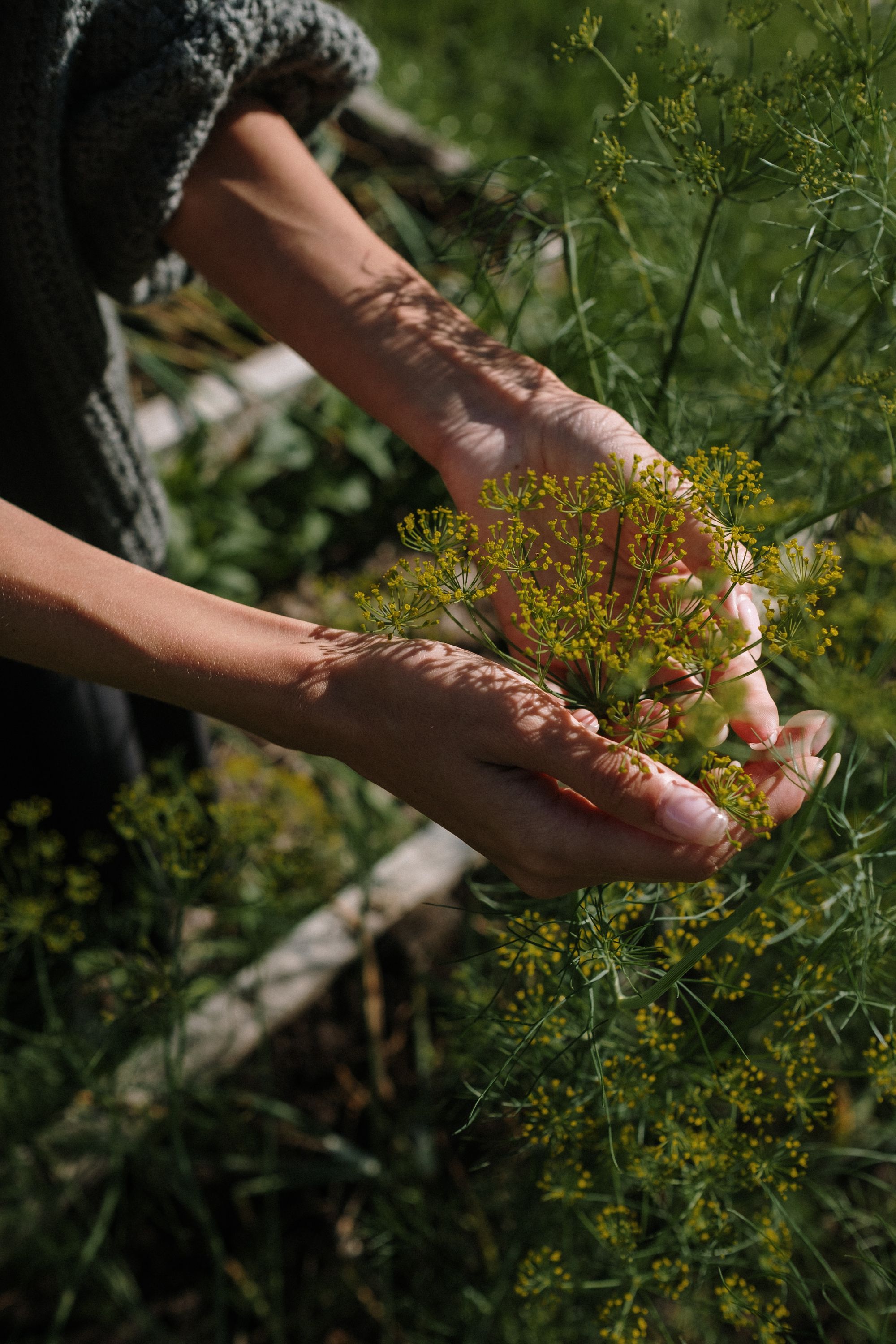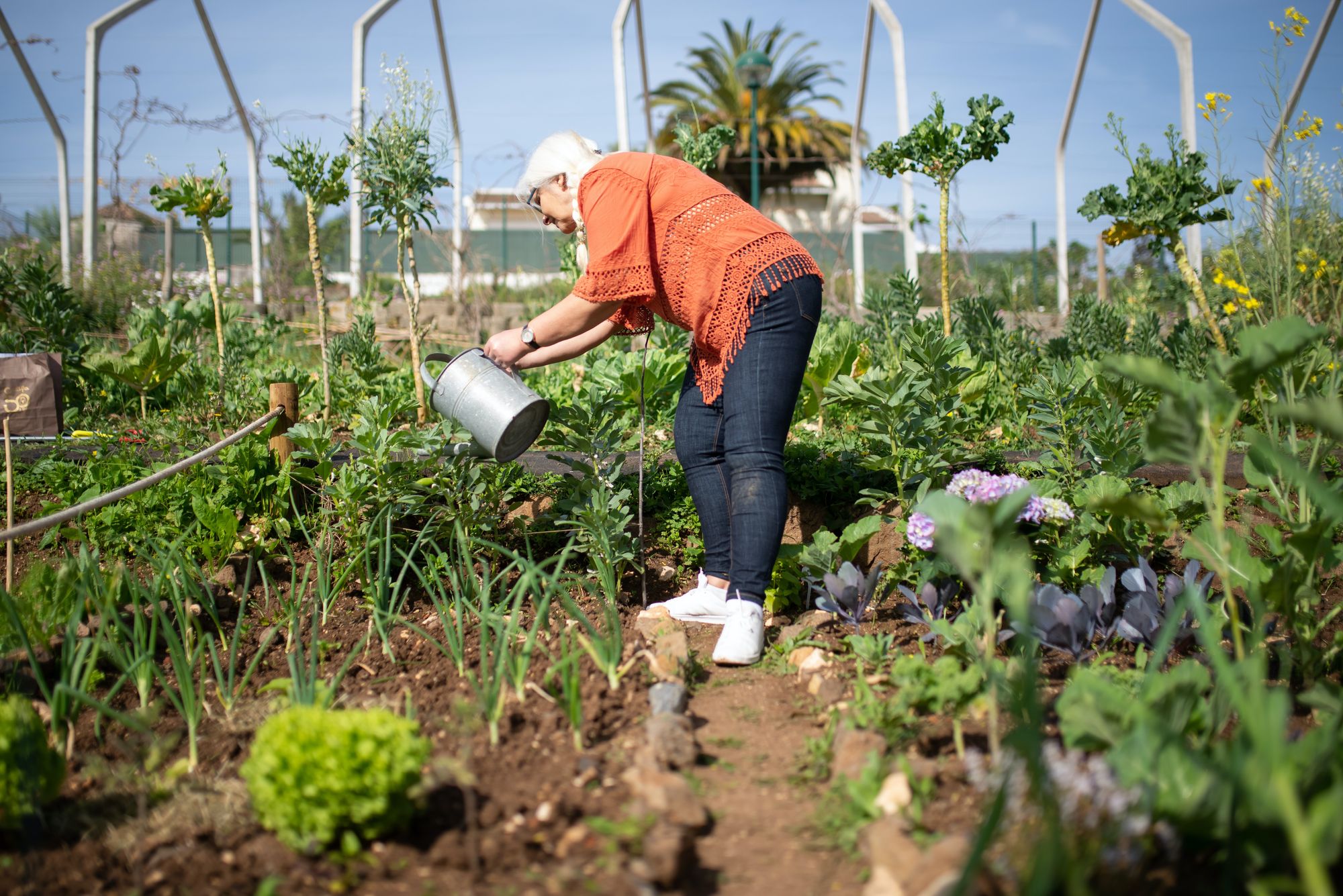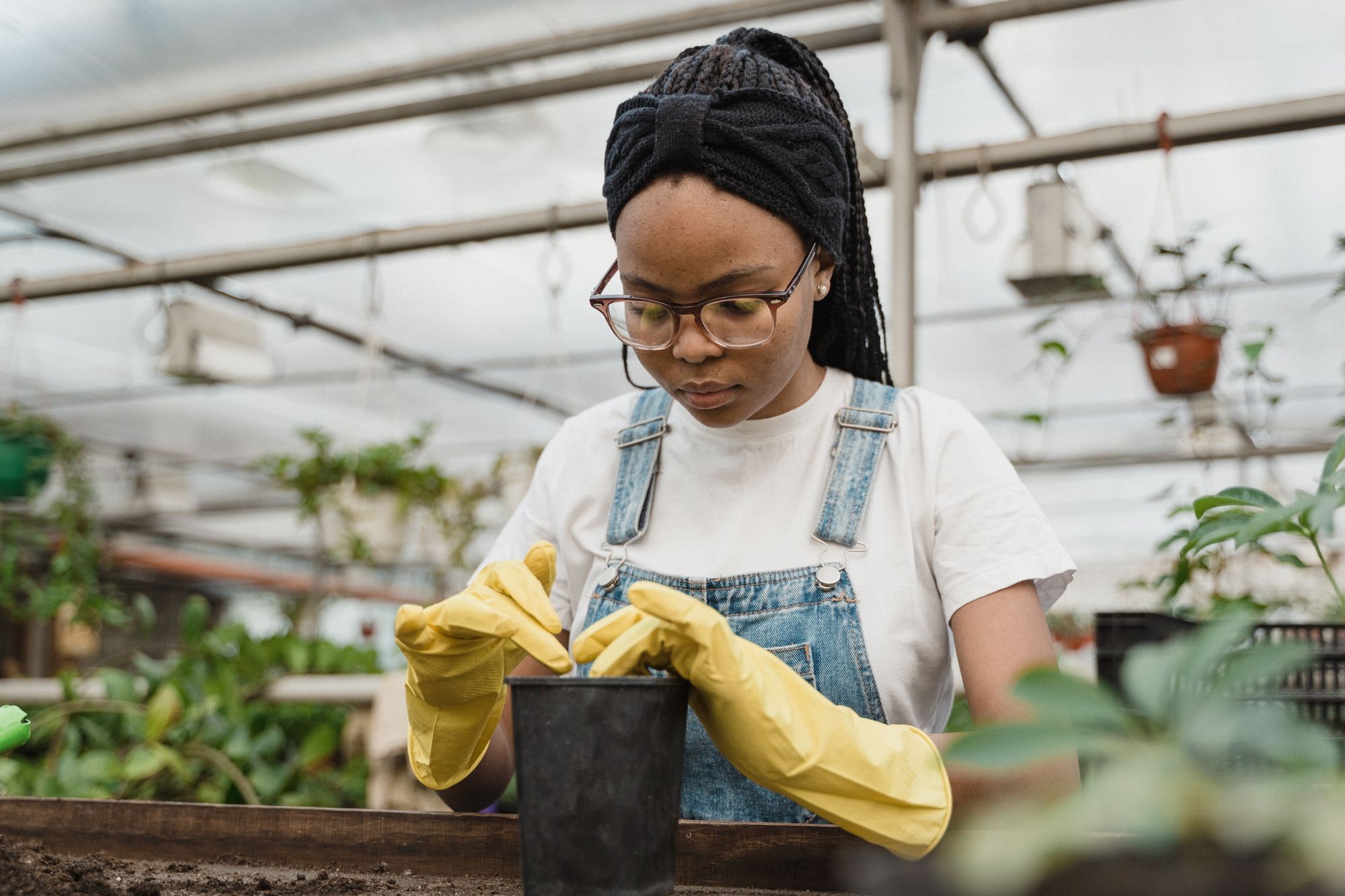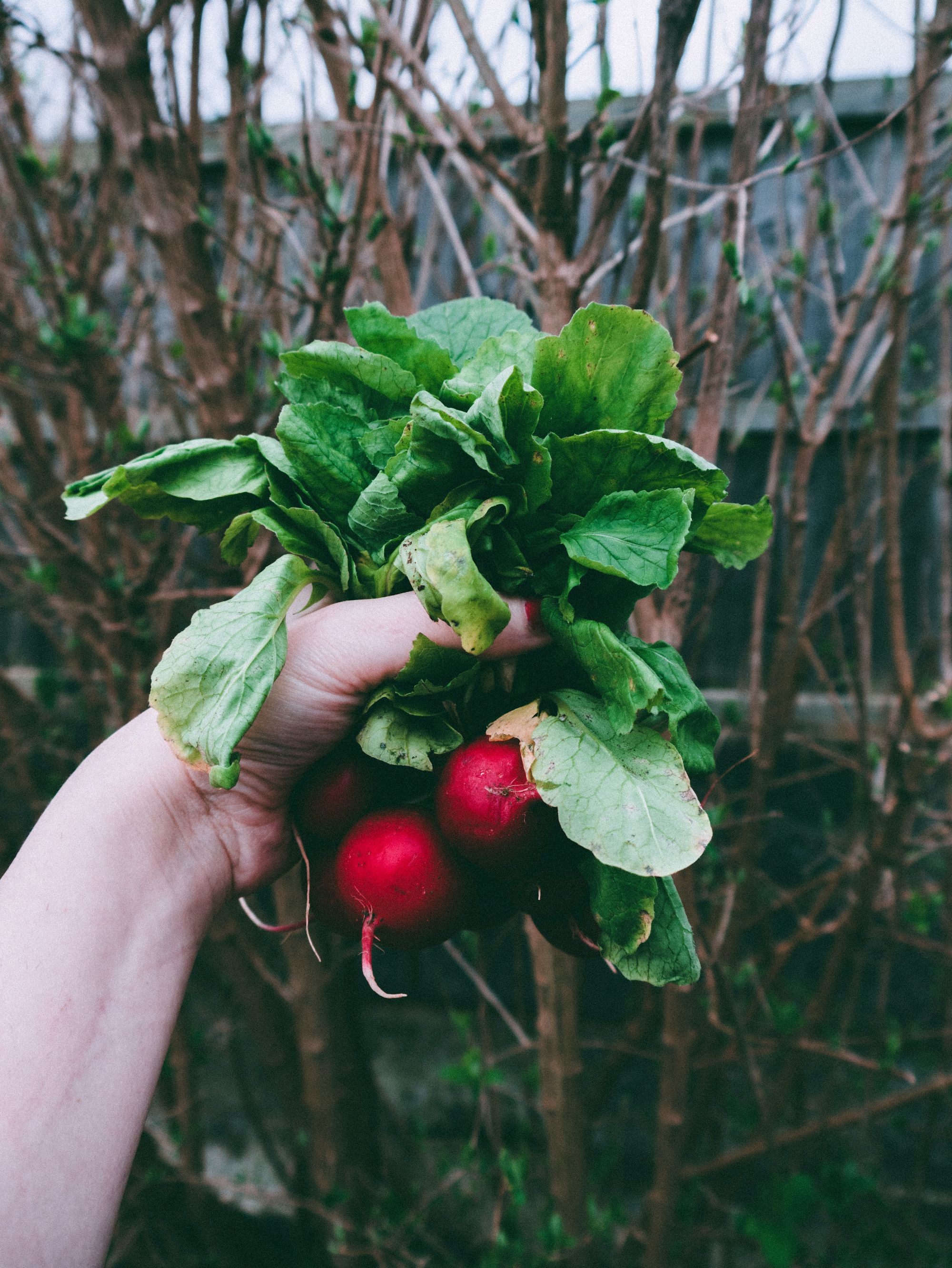Seeds are everything, including the tangible birth of ideas. To hold a seed in one’s hands is to hold the very essence of life. This tiny blueprint has been handed down over aeons with potential to continue for many more. We are caretakers of that source while passing through a short passage of time.
We know this, yet somehow have allowed the seed supply to be trademarked and diminished. We have 90% less food biodiversity today than 100 years ago. Our agricultural practices have stripped topsoils bare. In turn, jeopardising food security for all earthlings.

The best revolutions come in small packages
The best revolutions start small. And, what better place to start than with a non-corporate owned seed? The cornerstone of rebellion. From little things, big things grow!
Conscious backyard gardeners already play a key role - from restoring bee populations through patchworked biodiversity to rebuilding soil integrity by composting. We can double-down our revolution by sowing and saving seeds - This easy practice honours the plant, allowing a full life-cycle where it naturally produces seed…which we collect, and resow. Defi-gardens. Defiant and decentralised! Sing with me, “from little things, big things grow”!

Heirloom open-pollinated seed
Seeds are cheap to buy, and even less expensive when you save the next generation from your own plants. The most important thing is to ensure your original stock is heirloom and open pollinated. What does this even mean?
A broad definition of open pollination is that the plant sexually reproduces, naturally. We are part of that cycle, along with birds, bugs, and the wind - all play a role in transporting pollen from the stamen (male reproductive organ of the flower) to the tip of the pistil (the female reproductive organ of the flower). Open pollination results in the transfer of mostly identical characteristics between generations, without undue interference. Heirloom or heritage denotes the seed being handed down and collected over long periods of time, reinforcing the preservation of original qualities.
When we sow, grow and save open pollinated strains, we practise sovereignty and provide a foundation for future food security through free and autonomous seed reserves! Sharing seed banks is also a great way to make like-minded friends, while adding to what you can grow at home. At the same time, we are protecting and nurturing Earth’s biodiversity.

Never pay $12.00 per lettuce again!
Growing your own seeds also provides financial perks!! By the 7th generation of saving seed from successive plants, the strain will have evolved and optimised for local conditions (i.e. your backyard). Shades of Jack’s beanstalk!
You’re still going to be able to feast when lettuce goes up to $12.00 a piece! After a few seasons, they’ll grow like welcome weeds (remember to rotate crops). When one of your prize lettuces bolts, you’ll be gifted with plenty of seed for many more delicious salads in the years to come. It’s that simple.

Sow what you love
Obviously, we can't live on lettuce alone (no offence intended to rabbits). Creating a thriving edible polyculture will keep you and pollinators happy. So, how do you do this?
- Choose your favourite species, but make sure to check that they are suitable to the orientation and zone of your patch. Growing a slow fruiting tomato in a temperate zone with short summers is like pushing a boulder uphill…unless you create a microclimate!
- Create a microclimate! Greenhouses are invaluable in cooler climates - trapping heat, and providing a balmy, tropical paradise! You can set these up with a few simple materials. For example, mini propagation boxes and hoops over beds covered in plastic (change out the plastic for shade cloth in summer). Or, build your own cold frame with a recycled window and timber shortends! This is your moment to let those Bob the Builder creative juices flow!

Creating microclimates to protect seeds and vulnerable plants is a gamechanger. Seeds will remain dormant if the soil temperature isn’t warm enough. I grow radishes for precisely this reason (and because they’re such a crowd pleaser!). They pop their little anxiously awaited heads up early…just when you’re wondering whether you got it right. Radishes are garden mine canaries! Between them and shooting rocket, a perfect microclimate is created for slower seeds off the rank. Shortly thereafter weeding is transformed into a garden snack!
Once your garden moves into abundance, food and seed saving (and sharing) pays off in huge dividends! A strengthened food system helps to build biodiversity, resilience and culturally rich communities. We can be sovereign! All from the action of sowing a much loved seed.

